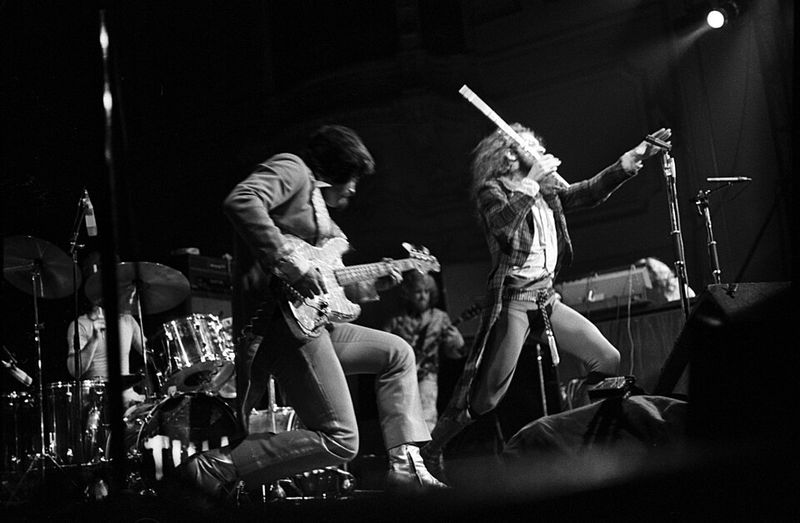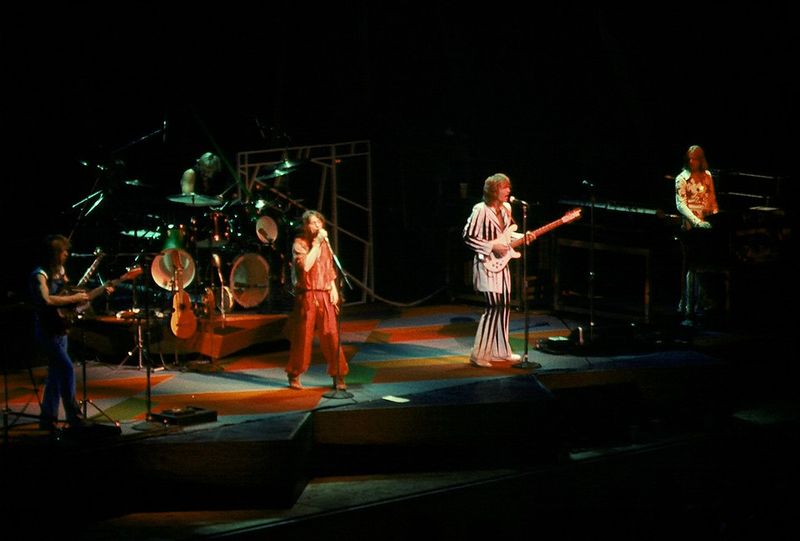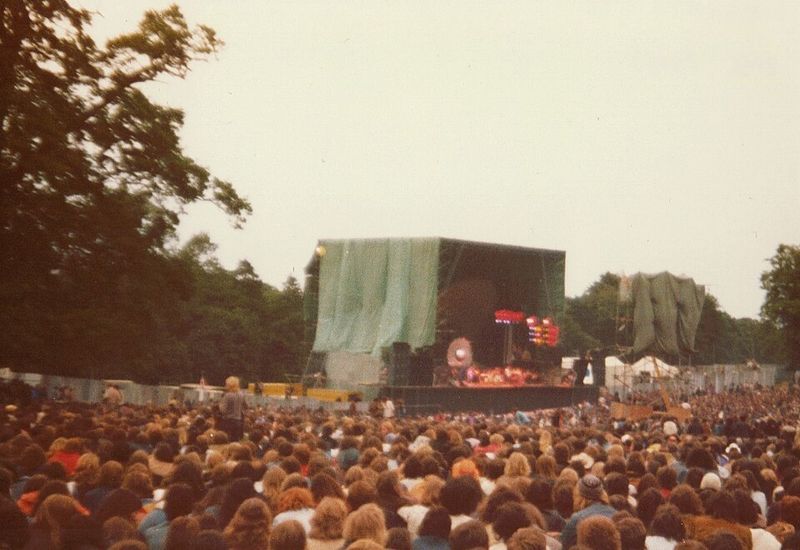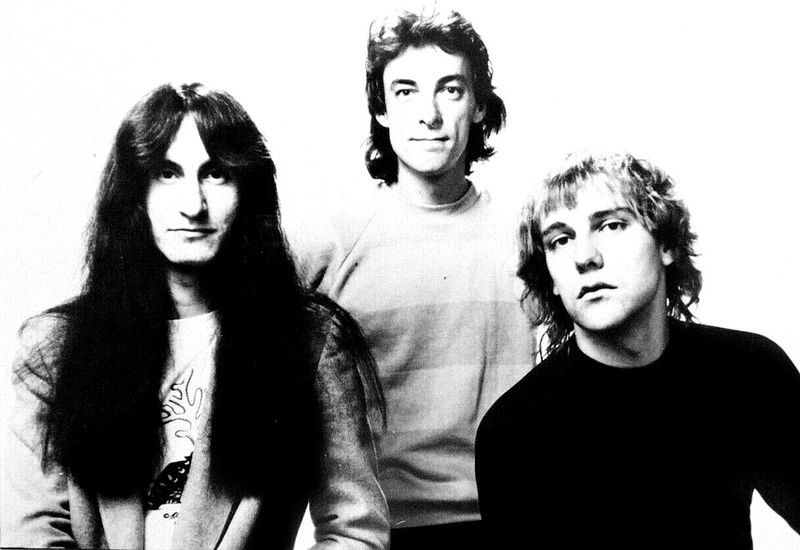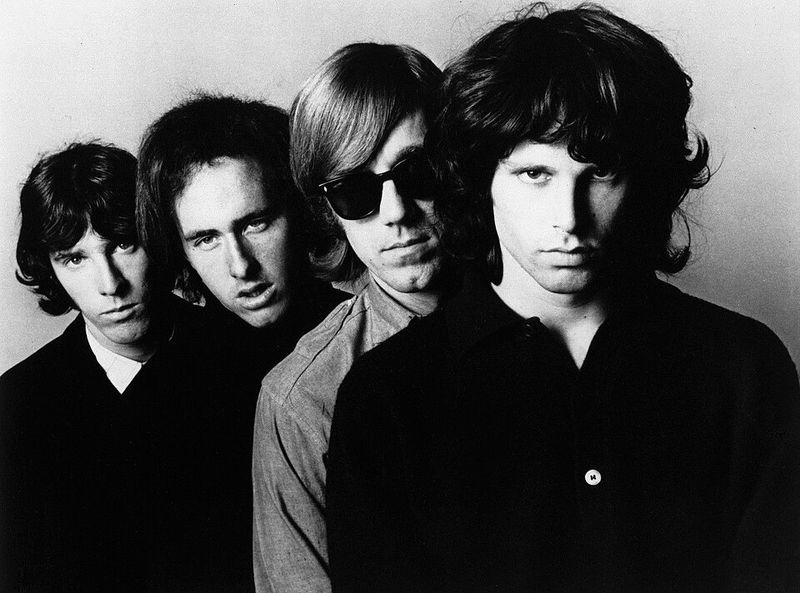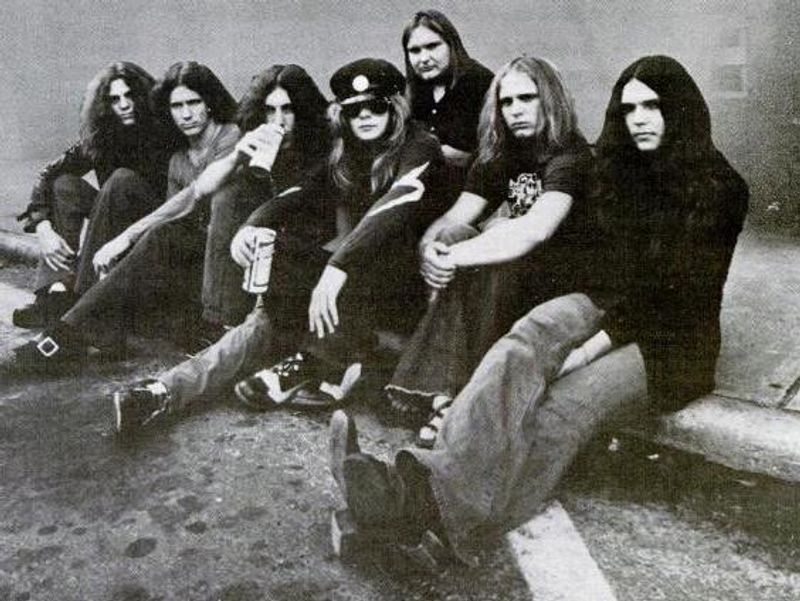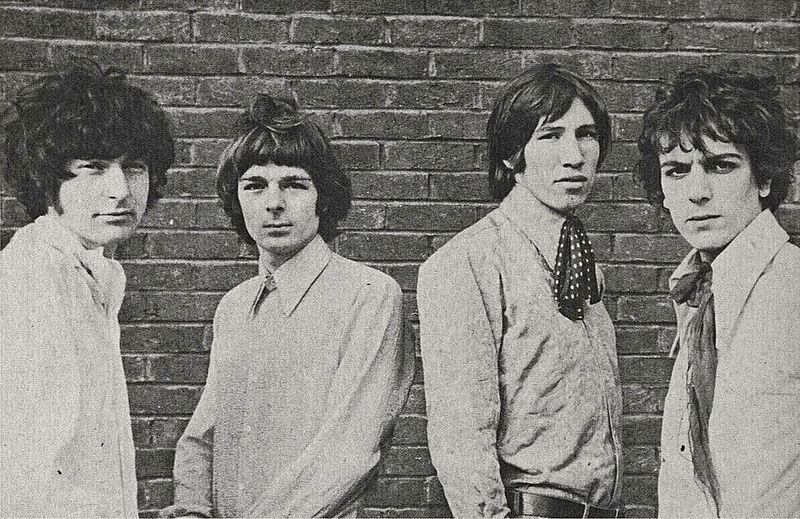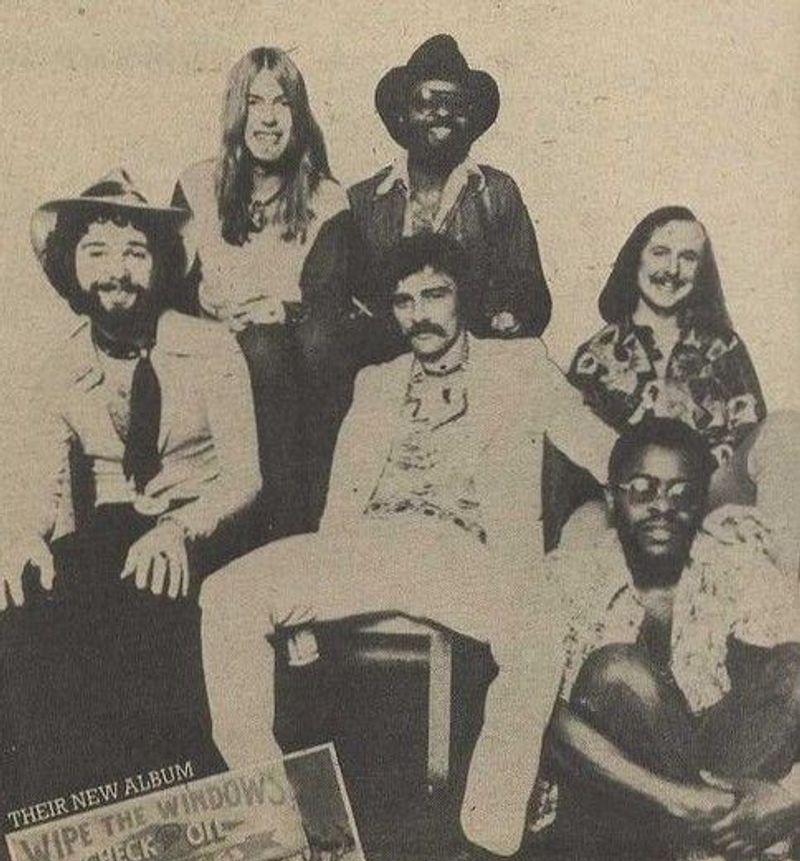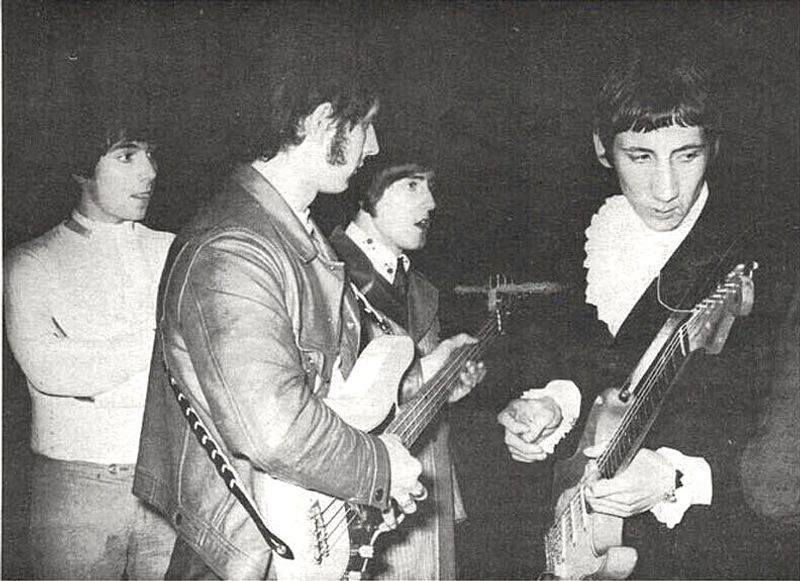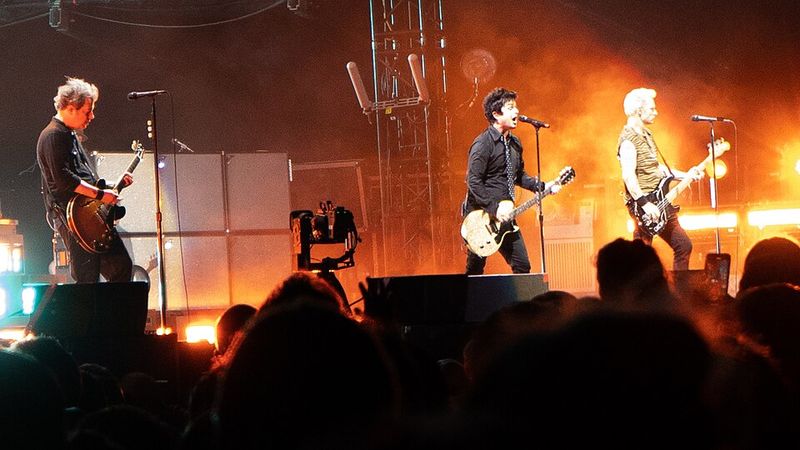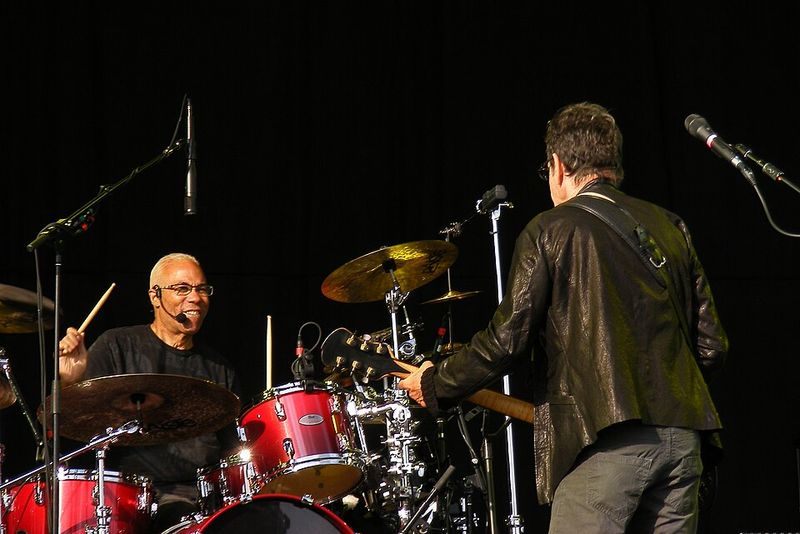Some rock songs are over before you know it – and others take you on a journey so long you forget where it started. These sprawling epics stretch the limits of patience, passion, and pure musical ambition. From prog-rock odysseys to jam-session legends, here are 21 of the longest rock songs ever recorded – and why they deserve every minute.
1. Jethro Tull – “Thick as a Brick”
A full album masquerading as a single song, “Thick as a Brick” by Jethro Tull is prog rock at its most ambitious. Released in 1972, it tells the whimsical tale of a young boy, Gerald Bostock, through complex musical and lyrical narratives. Ian Anderson’s playful flute and the band’s intricate compositions create an adventurous journey that captures the era’s experimental spirit.
This concept album was both a parody and a celebration of the genre, challenging the boundaries of what a rock song could be. Its success marked a pivotal moment in progressive rock, inspiring countless artists to embrace longer, more elaborate compositions. It remains a defining work that still resonates with fans and musicians alike.
2. Yes – “Close to the Edge”
Released in 1972, Yes’s “Close to the Edge” is a cornerstone of progressive rock. The song is a mesmerizing journey in four parts, blending complex time signatures and ethereal vocals. Jon Anderson’s soaring voice and Steve Howe’s intricate guitar work create an otherworldly experience.
The 18-minute piece was inspired by Hermann Hesse’s novel “Siddhartha,” reflecting themes of enlightenment and self-discovery. The seamless transitions between movements showcase the band’s orchestral ambition and meticulous craftsmanship. This epic changed rock composition forever, proving that music could be as intellectually engaging as it was emotionally resonant. It remains a timeless classic, revered for its innovation and artistry.
3. Pink Floyd – “Echoes”
“Echoes,” a masterpiece by Pink Floyd, spans an entire side of their 1971 album “Meddle.” This 23-minute epic foreshadows their later works like “Dark Side of the Moon,” weaving oceanic soundscapes with soaring guitar solos. David Gilmour’s haunting melodies and Richard Wright’s ambient keyboard textures create a dreamlike atmosphere.
The song explores themes of human connection and consciousness, taking listeners on a sonic exploration of inner and outer worlds. Its innovative use of sound effects and musical transitions marked a turning point for the band, solidifying their reputation as pioneers of psychedelic rock. “Echoes” remains one of Floyd’s finest experiments, a captivating journey through sound and emotion.
4. Iron Butterfly – “In-A-Gadda-Da-Vida”
Born from a mispronunciation, “In-A-Gadda-Da-Vida” by Iron Butterfly is a psychedelic jam that defined the late ’60s. Released in 1968, the 17-minute track became a radio phenomenon, captivating audiences with its hypnotic organ riffs and extended drum solos.
This iconic piece was a staple in the burgeoning psychedelic rock scene, blending heavy guitars with mystical lyrics. Its success demonstrated the commercial viability of longer rock compositions, paving the way for future epics. Despite its accidental origins, the song’s enduring appeal lies in its raw energy and innovative sound. It remains a quintessential example of the era’s experimental spirit, still resonating with fans today.
5. Rush – “2112”
Rush’s “2112,” released in 1976, is a dystopian sci-fi saga told through blistering riffs and intricate drumming. The 20-minute epic cemented Rush as masters of narrative-driven rock, featuring Neil Peart’s commanding percussion and Geddy Lee’s powerful vocals.
Set in a future where music is banned, the song unfolds a tale of rebellion and discovery. Alex Lifeson’s searing guitar work adds drama and intensity, crafting a soundscape that immerses listeners in its futuristic world. “2112” became a defining moment for the band, showcasing their ability to blend storytelling with technical prowess. Its ambitious theme and execution continue to inspire fans and musicians alike.
6. The Doors – “The End”
“The End,” by The Doors, is a dark, poetic journey that captures Jim Morrison’s mythic charisma. Released in 1967 as the closing track of their debut album, its hypnotic melody and haunting lyrics create an aura of mystery and introspection.
The song’s improvisational structure allows each band member to showcase their musical prowess, building tension and release. Morrison’s commanding presence and enigmatic storytelling paint a vivid, albeit unsettling, picture. Often interpreted as a reflection on life and death, “The End” remains an enduring masterpiece. Its timeless appeal lies in its ability to evoke deep emotions, making it a cornerstone of The Doors’ legacy.
7. Genesis – “Supper’s Ready”
“Supper’s Ready” by Genesis is a theatrical extravaganza that unfolds in seven distinct parts. Released in 1972, it features Peter Gabriel’s most dramatic performance, weaving English surrealism with virtuoso musicianship.
The 23-minute piece takes listeners on a fantastical journey, blending rock with classical influences and mythological themes. Tony Banks’ keyboard work and Steve Hackett’s guitar add layers of complexity. The song’s narrative structure and vivid imagery create a rich tapestry of sound and story, making it a beloved classic. “Supper’s Ready” is a testament to Genesis’ innovative spirit and artistic vision, leaving a lasting impact on progressive rock.
8. Lynyrd Skynyrd – “Free Bird”
Lynyrd Skynyrd’s “Free Bird,” released in 1973, is the ultimate Southern rock anthem. Known for its iconic guitar solos that seem to never end, the song captures the essence of freedom and longing.
The studio version is 9 minutes, but live performances often stretch beyond 14 minutes, showcasing the band’s improvisational talent. Ronnie Van Zant’s soulful vocals and Allen Collins’ searing guitar work create an electrifying experience. “Free Bird” became a symbol of the band’s legacy, resonating with audiences as a powerful expression of individuality. Its timeless appeal and emotional depth make it a defining piece in rock history.
9. Pink Floyd – “Shine On You Crazy Diamond”
Pink Floyd’s “Shine On You Crazy Diamond” is a poignant tribute to former member Syd Barrett. Released in 1975, this nine-part epic bookends the album “Wish You Were Here,” blending heartbreak with brilliance.
Spanning over 26 minutes, the song’s haunting melodies and atmospheric soundscapes evoke a sense of loss and reflection. David Gilmour’s emotive guitar work and Richard Wright’s ethereal keyboards create a mesmerizing experience. The lyrics reflect on Barrett’s genius and struggles, making it one of Floyd’s most personal works. “Shine On” remains a beloved masterpiece, celebrated for its emotional depth and musical innovation.
10. The Allman Brothers Band – “Whipping Post”
“Whipping Post” by The Allman Brothers Band is a marathon live jam that showcases Duane Allman’s legendary guitar solos. Originally a five-minute song, it evolved into a 23-minute epic during live performances at the Fillmore East in 1971.
The song’s raw energy and soulful blues-rock vibe capture the band’s improvisational spirit. Gregg Allman’s passionate vocals and the band’s tight musicianship create a dynamic soundscape. “Whipping Post” became a defining moment in Southern rock, demonstrating the power of live music and its ability to transcend studio recordings. Its enduring appeal lies in its authenticity and emotional intensity.
11. The Velvet Underground – “Sister Ray”
Chaotic, raw, and noisy, “Sister Ray” by The Velvet Underground is proto-punk at its purest. Released in 1968, this 17-minute track is a relentless assault on the senses, featuring distorted guitars and frenzied improvisation.
Lou Reed’s gritty vocals and the band’s experimental sound create a visceral experience. Described by Reed as a song about “a transvestite orgy — with heroin,” it pushes the boundaries of lyrical and musical convention. “Sister Ray” is a bold statement that encapsulates the rebellious spirit of the era, influencing countless artists in the punk and alternative scenes. Its raw energy and unapologetic edge continue to captivate listeners.
12. King Crimson – “Starless”
“Starless” by King Crimson is a hauntingly beautiful track that builds from melancholy to chaos. Released in 1974, it features Robert Fripp’s transcendent guitar work and John Wetton’s emotive vocals.
The song’s intricate composition and evolving dynamics create a mesmerizing experience, blending progressive rock with jazz influences. Its haunting melody and intense climax leave a lasting impression, showcasing the band’s innovative approach to music. “Starless” is a testament to King Crimson’s artistry and vision, pushing the boundaries of what rock could be. Its emotional depth and technical brilliance continue to inspire fans and musicians alike.
13. The Mars Volta – “Cassandra Gemini”
A modern progressive rock behemoth, “Cassandra Gemini” by The Mars Volta explodes with Latin rhythms and endless experimentation. Released in 2005, the 32-minute track is a tour de force of musical innovation.
The song’s frenetic energy and intricate arrangements take listeners on a wild journey through time changes and surreal lyrics. Cedric Bixler-Zavala’s charismatic vocals and Omar Rodríguez-López’s adventurous guitar work create a captivating soundscape. “Cassandra Gemini” showcases The Mars Volta’s ability to blend diverse influences, crafting a unique and immersive experience. Its ambitious scope and creative brilliance make it a standout piece in modern rock history.
14. Tool – “Lateralus”
Tool’s “Lateralus” is a mathematically inspired and musically complex masterpiece. Released in 2001, the song spirals through Fibonacci sequences and transcendental lyrics, crafting a profound listening experience.
Maynard James Keenan’s emotive vocals and Adam Jones’ intricate guitar work create a tapestry of sound that challenges and engages. The song’s exploration of human consciousness and growth reflects Tool’s philosophical and artistic vision. “Lateralus” stands as a testament to the band’s innovative approach, blending heavy riffs with intellectual depth. Its complexity and emotional resonance have earned it a revered place in modern rock, influencing musicians and audiences alike.
15. Deep Purple – “Child in Time”
Deep Purple’s “Child in Time” is a dramatic anti-war epic featuring Ian Gillan’s soaring screams. Released in 1970, the song’s haunting melody and intense solos create an emotional rollercoaster.
Ritchie Blackmore’s guitar work adds a sense of urgency and raw power, complementing the song’s poignant lyrics. The track’s dynamic shifts and extended instrumental passages showcase the band’s musical prowess and creativity. “Child in Time” remains a timeless classic, resonating with listeners for its heartfelt message and masterful execution. Its enduring appeal lies in its ability to evoke deep emotions and provoke thought, making it a standout piece in rock history.
16. Pink Floyd – “Dogs”
On “Animals,” Pink Floyd’s “Dogs” is a cynical anthem about corporate greed. Released in 1977, this 17-minute track combines biting lyrics with intricate musical arrangements.
David Gilmour’s expressive guitar work and Roger Waters’ pointed lyrics create a powerful commentary on societal structures. The song’s shifting dynamics and atmospheric soundscapes reflect Pink Floyd’s innovative approach to storytelling through music. “Dogs” is a testament to the band’s ability to blend social critique with artistic expression, leaving a lasting impact on listeners. Its thought-provoking themes and musical sophistication continue to resonate, making it one of Floyd’s most underrated long-form triumphs.
17. The Who – “A Quick One, While He’s Away”
Often considered the first “rock opera,” The Who’s “A Quick One, While He’s Away” paved the way for future concept albums. Released in 1966, this nine-minute mini-suite is a playful yet ambitious narrative.
The song’s multi-part structure and whimsical storytelling showcase Pete Townshend’s innovative songwriting. Roger Daltrey’s spirited vocals and the band’s dynamic arrangements create a lively and engaging experience. “A Quick One” is a significant milestone in rock history, demonstrating the genre’s potential for complex narratives and thematic depth. Its influence can be seen in later works like “Tommy” and “Quadrophenia,” solidifying The Who’s legacy as pioneers of rock.
18. Dream Theater – “Octavarium”
A masterpiece of modern prog-metal, “Octavarium” by Dream Theater weaves classical influences with heavy riffs. Released in 2005, this 24-minute epic explores themes of cyclicality and musical harmony.
James LaBrie’s powerful vocals and John Petrucci’s virtuosic guitar work create a rich soundscape that captivates listeners. The song’s intricate structure and lyrical callbacks showcase the band’s technical prowess and creative vision. “Octavarium” stands as a testament to Dream Theater’s ability to blend complexity with accessibility, making it a standout piece in progressive rock. Its ambitious scope and artistic depth continue to inspire fans and musicians around the world.
19. Green Day – “Jesus of Suburbia”
Pop-punk goes operatic in Green Day’s “Jesus of Suburbia.” Released in 2004, this five-part suite defined the “American Idiot” album, reviving the concept album for a new generation.
Billie Joe Armstrong’s angst-driven lyrics and the band’s energetic performance create a dynamic and engaging narrative. The song explores themes of rebellion, disillusionment, and identity, resonating with listeners across generations. “Jesus of Suburbia” showcased Green Day’s ability to blend punk rock with theatrical storytelling, earning critical acclaim and commercial success. Its emotional depth and musical creativity make it a memorable and impactful piece in modern rock history.
20. The Grateful Dead – “Dark Star”
A live improvisational canvas, “Dark Star” by The Grateful Dead was never played the same way twice. Spanning 23 to 45 minutes in various performances, it became the quintessential Dead experience.
The song’s fluid structure and ethereal soundscapes allowed for endless exploration, showcasing the band’s free-form creativity. Jerry Garcia’s expressive guitar work and the band’s tight interplay create a transcendent atmosphere. “Dark Star” embodies the spirit of the Dead’s live performances, reflecting their commitment to musical innovation and spontaneity. Its ever-evolving nature and emotional resonance continue to captivate fans, making it a beloved classic in rock history.
21. Lou Reed – “Street Hassle”
A gritty, orchestrated three-part suite, Lou Reed’s “Street Hassle” unfolds with raw emotion and urban realism. Released in 1978, the song features an uncredited appearance by Bruce Springsteen, adding to its allure.
Reed’s trademark drawl narrates a vivid story of love, loss, and survival, set against a backdrop of lush string arrangements. The song’s unique structure and evocative lyrics capture the essence of Reed’s artistic vision, blending rock with classical influences. “Street Hassle” stands as a testament to Reed’s ability to push boundaries and challenge conventions, leaving a lasting impact on listeners. Its haunting beauty and gritty authenticity make it a standout piece in his illustrious career.

